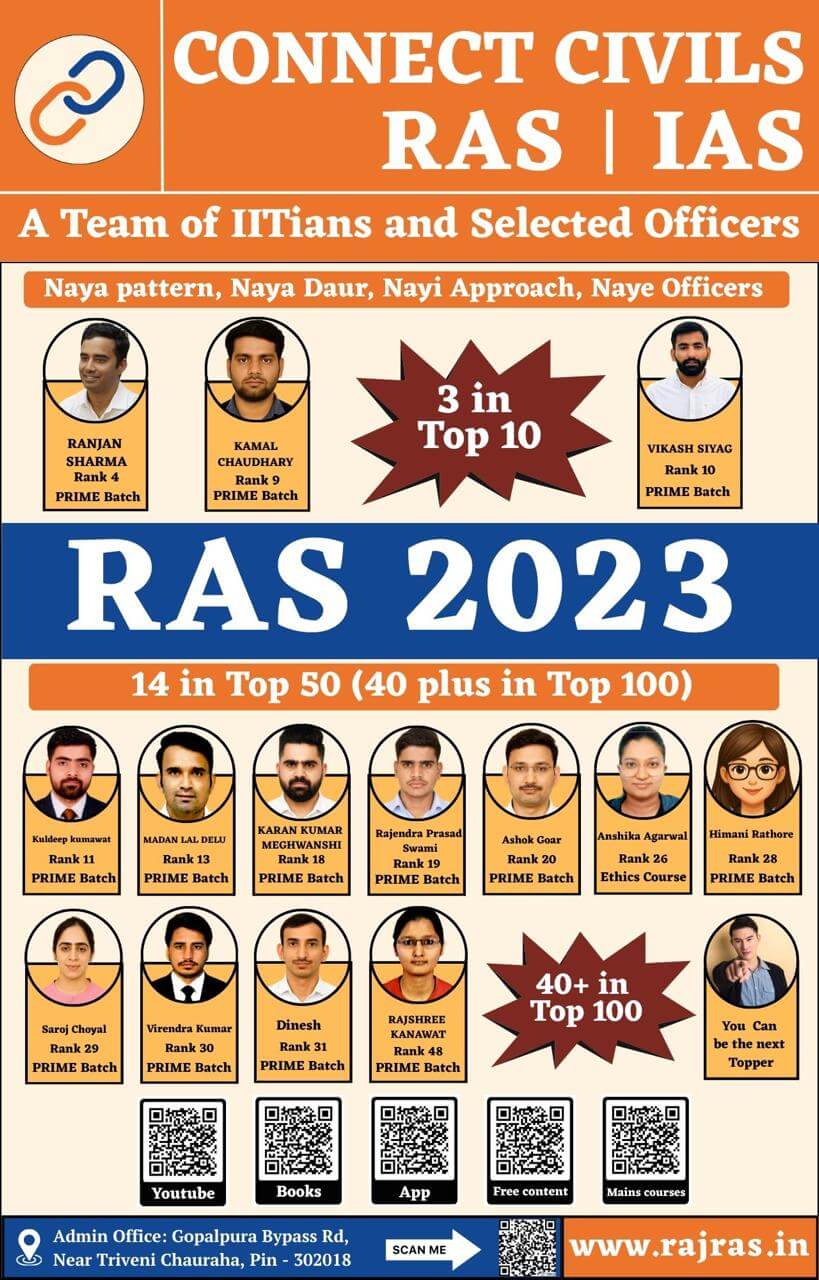Effective Management: Conflict, Time, and Stress Handling is essential for maintaining productivity and a positive work environment. Proper management strategies help resolve conflicts, optimize time, and reduce stress, leading to better decision-making and workplace efficiency. Understanding these aspects equips individuals with the skills to handle challenges effectively.
Conflict Management
- Organizational conflict refers to the discord that arises when the goals, interests, or values of different individuals or groups within an organization are incompatible and lead to confrontations or disagreements.
- Conflicts can occur at various levels, including within an individual, between individuals, between individuals and groups, between groups, or even between organizations.
- Traditional Theory of Conflict Management is based on the assumption that conflicts are bad, are caused by troublemakers, and should be subdued.
- Contemporary Theory of Conflict Management recognizes that conflicts between human beings are unavoidable. They emerge as a natural result of change and can be beneficial to the organization, if managed efficiently.
THE IMPACT OF CONFLICT:
Conflict is inherently neither good nor bad; it simply has the potential to either improve or impair an organization’s performance, depending on its consequences.
- Functional Conflict: Conflicts that result in increased organizational performance and help an organization attain its goals can be termed as Functional.
- Dysfunctional Conflict: On the other hand, conflict that hinders an organization’s growth and prevents it from achieving its goals can be termed as Dysfunctional.
Thus, conflict in certain forms can be functional or dysfunctional depending on its nature, intensity, duration, and the manner in which it is handled.
Changes within Groups:
- Increase in Group Cohesiveness: During conflict, the group’s cohesiveness may increase.
- The Group Becomes Task-Oriented: The group may shift from being informal to task-oriented in order to address external threats.
- Leadership Becomes More Directive: The leader may adopt a more authoritarian style.
- The Organizational Structure Becomes More Rigid: The organizational structure may become more rigid.
- Emphasis on Group Unity: Group unity is emphasized, with increasing demands for loyalty and conformity from its members.
Changes in Relationships between Groups:
- Groups Become Antagonistic Toward Each Other: Hostility between groups may increase.
- Perceptions Become Distorted: During conflict, groups’ perceptions may become distorted.
- Communication Ceases to Exist: In a conflict situation, communication may stop.
- Groups Apply a Double Standard: Groups may adopt double standards.
Potential Benefits of Intergroup Conflicts:
- Clarification of Issues: Conflict can bring hidden problems to light, leading to necessary discussions and solutions.
- Increased Innovation: The diversity of ideas brought about by conflict can lead to creative solutions.
- Group Solidification: Conflict can strengthen internal group unity.
- Catharsis: Conflict provides an outlet for pent-up emotions, which can be released in a controlled manner.
- Improved Intergroup Relationships: Successfully resolving conflicts can improve future collaboration between groups.
Sources of Conflict
- Competition for Limited Resources: Conflicts arise when groups or individuals compete for scarce resources.
- Diversity of Goals: Differing objectives between individuals or groups can lead to conflict.
- Task Interdependence:
- Pooled Interdependence: Work groups don’t directly interact but affect each other’s outcomes.
- Sequential Interdependence: One group’s performance is dependent on another group’s prior performance.
- Reciprocal Interdependence: Groups are mutually dependent on each other for completing tasks.
- Differences in Values and Perception
- Organizational Ambiguities: Lack of clarity in roles, responsibilities, or expectations can lead to conflict.
- Introduction of Change: Changes in the organization, such as restructuring or new policies, can create conflict.
- Nature of Communication: Both excessive and insufficient information can lead to misunderstandings and conflict.
- Aggressive Personality Traits: Individuals with authoritarian, autocratic, or dogmatic traits are more prone to conflict.
- Thus, Conflict, at its core, occurs when people feel that what they want is incompatible with what others want. When these feelings of incompatibility and frustration lead to actions, conflict arises.
Stimulating Productive Conflict:
In some cases, conflict can be beneficial and may need to be stimulated to break complacency, encourage innovation, or address underlying issues. This can be done by manipulating communication channels, altering the organization’s structure, or changing personal behavior factors.
- Signs That Conflict Stimulation is Needed:
- Presence of “yes-men” who always agree with leadership.
- Employees are afraid to admit they don’t know something.
- Popularity is valued over technical competence.
- Resistance to change is high.
- Lack of new ideas or creativity.
- Unusually low employee turnover rates.
- Techniques for Stimulating Conflict:
- Manipulate Communication Channels: Adjust how information is communicated to provoke thought or challenge the status quo.
- Alter Organizational Structure: Redefine roles, alter tasks, or reorganize units to create healthy tension.
- Change Personal Behavior: Modify leadership or team behavior to create a competitive or challenging environment.
Resolving Interparty Conflict:
- Conflict-Avoidance Strategies:
- Ignoring the Conflict: Sometimes it is best to ignore conflicts, especially when they are minor or symptomatic of deeper issues.
- Imposing a Solution: In some cases, a higher-level manager may need to enforce a solution to quickly resolve conflict.
- Conflict-Diffusion Strategies:
- Smoothing: Downplaying differences and focusing on commonalities to reduce tensions.
- Appealing to Superordinate Goals: Redirecting focus to higher-level goals that all parties share to diffuse conflict.
- Conflict-Containment Strategies:
- Using Representatives: Designate individuals to manage conflict discussions on behalf of their groups.
- Structuring the Interaction: Control the way conflicting parties interact to ensure productive discussions.
- Bargaining: Engage in negotiations where parties exchange concessions to reach a compromise.
- Conflict-Confrontation Strategies:
- Problem Solving: Directly addressing the root causes of conflict to find mutually satisfactory solutions.
- Organizational Redesign: Restructure the organization to eliminate sources of conflict.
Choosing the Right Strategy:
- Trivial Issues/Quick Resolution Needed: Use conflict-avoidance or conflict-defusion strategies.
- Important Issues/More Time Available: Use conflict-containment or conflict-confrontation strategies.
Time Management
Time management is the process of planning and exercising control over the time spent on specific activities to increase effectiveness, efficiency, and productivity.
- It involves balancing various demands—work, social life, family, hobbies, and personal interests—within the finite amount of time available.
- Effective time management helps people get more done in less time, even when they’re busy or stressed.
Key Elements of Time Management:
- Setting Goals: Use the SMART criteria (Specific, Measurable, Attainable, Relevant, Timely) to set clear and achievable goals.
- Prioritizing Tasks: Use techniques like the Eisenhower Matrix (Urgent vs. Important) to categorize tasks:
- Important and urgent: Do these immediately.
- Important but not urgent: Schedule them for later.
- Urgent but not important: Delegate if possible.
- Not urgent and not important: Set these aside for later.
- Setting Time Limits: Allocate specific time frames for tasks to increase focus and efficiency.
- Taking Breaks: Incorporate short breaks between tasks to maintain focus and avoid burnout.
- Organizing: Use tools like calendars and to-do lists to track deadlines and plan daily activities.
- Eliminating Non-Essential Tasks: Remove or delegate tasks that do not contribute to your goals to focus on what truly matters.
- Planning Ahead: Start each day with a clear plan, often by creating a to-do list the night before.
- Reviewing and Reflecting: Regularly review schedule, assess what worked and what didn’t, and make adjustments as needed.
- Using Technology Tools: Utilize tools like task managers (e.g., Trello, Asana), time trackers (e.g., Toggl), and digital calendars (e.g., Google Calendar) to manage and monitor time effectively. It Automates scheduling and task management, making it easier to stay organized and on top of your responsibilities.
- Time Audits: Conduct a time audit by tracking how you spend your time over a week. Analyze the data to identify areas where time is being wasted. It provides insights into time management habits and helps identify opportunities for improvement.
Benefits of Time Management:
- Stress Relief : A well-planned schedule reduces anxiety and helps track progress.
- More Free Time for personal pursuits.
- Increased Opportunities: Better time management opens up more opportunities and improves work-life balance.
- Goal Achievement: Effective time management helps in achieving goals more quickly and efficiently.
Implications of Poor Time Management:
- Poor Workflow: Lack of planning leads to inefficiency and a disorganized approach to tasks.
- Wasted Time: Distractions and procrastination result in lost time.
- Anxiety: Without clear planning, one may feel overwhelmed and anxious, losing control over their tasks.
- Poor Quality of Work: Rushing to meet deadlines due to poor time management often compromises work quality.
- Damaged Reputation: Consistent failure to meet deadlines can harm professional relationships and reputation.
Highly Effective Time Management Skills:
- Delegation: Assign tasks to others to focus on more critical responsibilities.
- Prioritization: Focus on the most important tasks first to ensure critical work is completed.
- Scheduling: Use planners or digital tools to keep track of tasks and deadlines.
- Setting Deadlines: Establish realistic deadlines and stick to them.
- Overcoming Procrastination: Address procrastination by breaking tasks into smaller, manageable parts.
- Managing Stress: Recognize stress triggers and address them before they affect productivity.
- Avoiding Multitasking: Focus on one task at a time for better efficiency and quality.
- Starting Early: Begin your day early to plan and execute tasks with a clear mind.
- Taking Regular Breaks: Schedule breaks to recharge and maintain productivity.
- Learning to Say No: Politely decline additional tasks when already overloaded.
Stress Management
Will be covered in Behaviour Syllabus
Effective Management : Conflict Time Stress/ Effective Management : Conflict Time Stress/ Effective Management : Conflict Time Stress/

